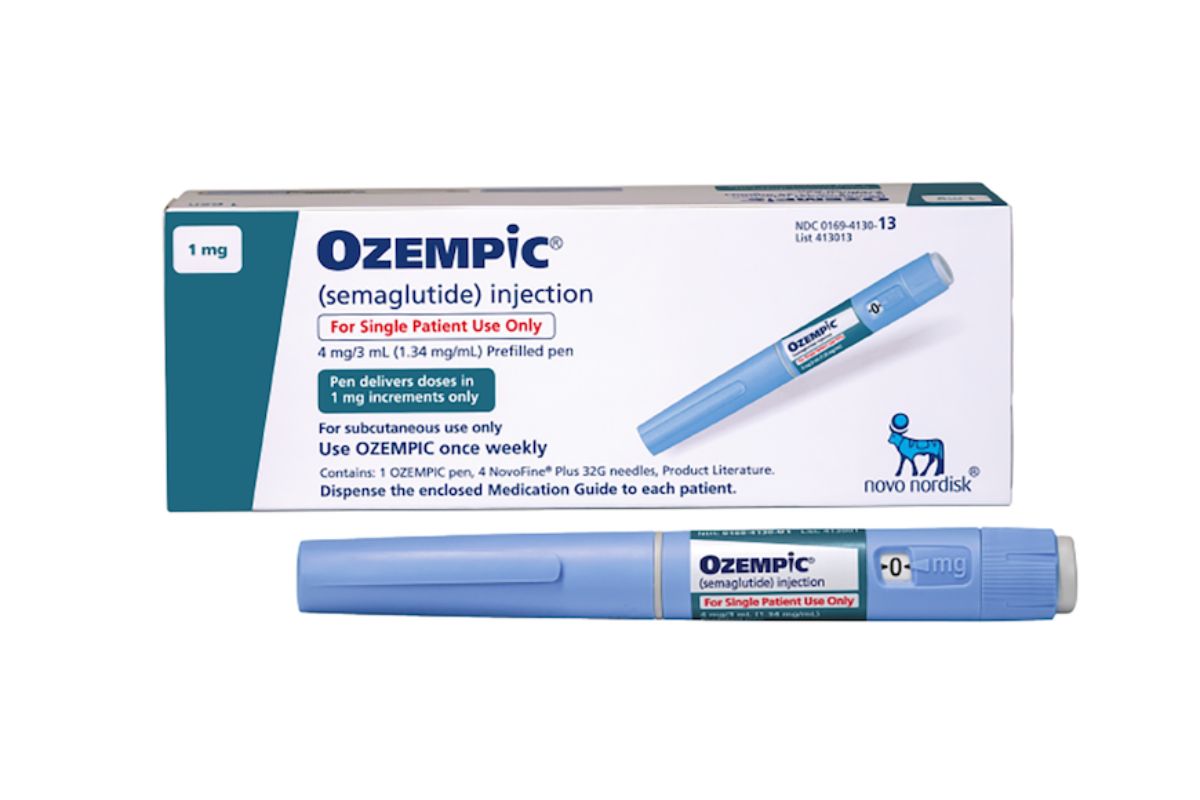A Seattle bus driver says that the fumes from passengers smoking fentanyl is so common that it’s making him sick.
Stevon William, who is employed by King County Metro, told KOMO News, “I don’t want to be put in a predicament where I’m around drugs every day on my job – I didn’t sign up for that.”
Williams is now on leave while he receives medical testing for exposure to second hand fentanyl smoke, according to KOMO News. The media outlet also reported on data showing 1,885 reports of substance abuse on the bus system in 2022. Fifty-two transit operators reported being exposed to smoke from drugs, and 16 operators filed worker’s compensation claims.
Skin-Rotting ‘Zombie Drug’ Xylazine Tied to Increase in US Drug Overdoses
Substance Withdrawal–Associated Takotsubo Cardiomyopathy
Buprenorphine Maintenance in the Fentanyl Era
But is second hand fentanyl smoke truly a danger to health? Unlikely, experts say.
“The risks are very low. When someone smokes fentanyl, most of the drug has been filtered out by the user before there is secondhand smoke. It doesn’t just sort of float around,” wrote Scott Phillips, MD, a medical toxicologist and the medical director of the Washington Poison Center in The Public Health Insider, the official blog of the Seattle and King County public health staff.
Studies looking at fentanyl fumes have found that it does not linger in the air for very long, Phillips goes on to say. Concentrations in the bloodstream after someone has inhaled fentanyl smoke from the air are at extremely low to undetectable levels.
Avoiding fentanyl exposure of any kind, including inhaling it or touching it, is completely appropriate, which is why anyone who comes into contact with the drug should take precautions, experts warn. But it’s important not to overstate the risks, Derek Lowe, a director in chemical biology therapeutics at Novartis Institutes for BioMedical Research, wrote in a commentary for Science.
“Too many people now believe that they can be immediately killed by a fentanyl overdose from any sort of skin contact with the drug, and that’s just not true. It’s potent and toxic for sure, but you have to be dosed with it for that to happen,” Lowe wrote.
A Prehospital and Disaster Medicine paper Lowe referred to in his commentary described the case of a first responder whose hand was exposed to a 10 micrograms/mL solution of fentanyl citrate . After the substance was washed off, he showed no signs of opioid exposure at all. The paper estimated that reaching a dangerous exposure level would have required an extended soaking in the solution.
However, airborne fentanyl particles may present an occupational hazard for at least one profession: anesthesiologists.
A Lancet study found that “fentanyl has been detected in the air within operating rooms, the highest concentrations being close to the patient’s mouth, where anaesthesiologists work for hours.” Second-hand opioid exposure can sensitize the brain, making abuse, dependence, and behavioral disorders more likely among anaesthesiologists and surgeons than other health professionals, the authors suggested. Anesthesiologists are up to four times more likely to be treated for drug addiction than physicians in other specialties, they noted.
The Center for Disease Control and Prevention (CDC) does not collect data on occupational exposure to illicit drugs and “there are no established federal or consensus occupational exposure limits for illicit drugs,” according to the agency’s website. When intentionally ingested, injected, snorted or smoked, even small amounts of fentanyl can be deadly. The agency reported more than 90,000 overdose deaths from the drug in 2021.



